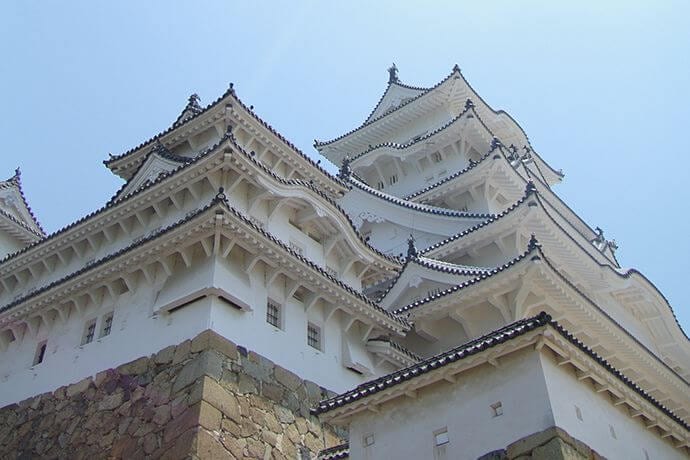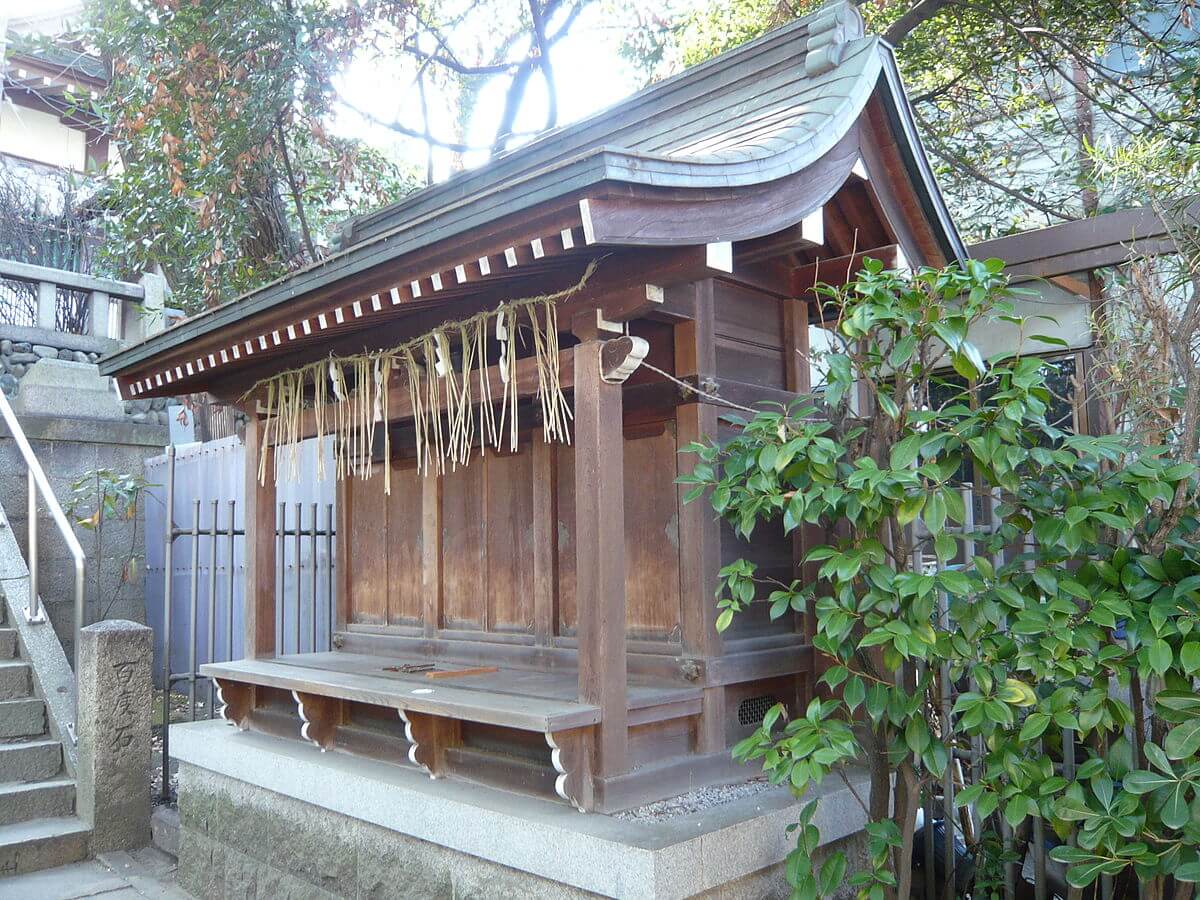What is Karahafu Roof?
The Karahafu roof is a roofing style that originated from Japan. The roof is one of the gable types of roofing common in traditional Japanese buildings. A dome shape at the top with the roof running up to the wall or the lower roof defines the formation of a Karahafu roof.
The Karahafu roof is an ancient architecture famous for Japanese castles, Shinto shrines, and Buddhist temples. The name of the roof, Kara, means elegant or noble. That is why the roof style was famous for highly-regarded buildings. The curved roofing style was initially common temples and palaces only. The roofing plan became famous during the Kamakura and Muromachi period when visitors to the Asian continent adopted the style. The Azuchi-Momoyama period increased the use of Karahafu roofs in the creation of daimyo’s mansions.
The Japanese roof design symbolized the prestige of the building and represents the religious nature or secularity of the architecture.
The roof slopes into different styles like the butterfly design or the bonnet roof style. The Japanese roof design has thin walls and gentle slopes. Eaves and gables curve to a gentle slope than roof structures associated with the Chinese architecture.
The eaves are extended, providing shade to the interior space. You can divide the Moya, which is the single space in the house, into units using screens or paper walls.

Construction of a Karahafu Roof
The Karahafu roof is sweeping roofs with ridges decorated according to their location. The structures that support Karahafu roof as built on raised platforms. Creation of Karahafu roof structures utilizes foundations of paved raise stone, rammed into the earth. Vertical beams driven into the grounds provide stability. The weight exerted by the roof structure and friction of the rock give strength to the pole.
Massive beams enhance the structural stability of the roof. Dubong or nails hold the poles in place. The weight of the roof imposed on the shaft provides extra security during earthquakes or vibrations.
Guttering of the roof is rare because of the roofing style. There are innovations to enhance the performance regarding drainage efficiency.
Construction of the Karahafu uses locally available materials like bamboo, clay, and tiles. Innovations in this roofing style allow the use of metal for the building. However, the development costs of the roof are unknown.

Application of Karahafu Roof
The complicated design involved in the creation of the Karahafu roof makes it a rare piece of architecture. The roofing style in Sydney is available in most Japanese sacred areas of the city. They are often common in Japanese restaurants and temples.
Benefits of Karahafu roof
The curved section of the roof allows it to drain rainwater easily. They do not have a ridge and thereby eliminating the chances of a leaking roof.
The fact that construction of the roof utilizes locally available materials makes them environmentally friendly.
The curved design of the Japanese piece of architecture is suitable for the Harsh Australian conditions. They easily drain of stormwater and resist wind speeds experienced in the country. The roofs provide warmth and a cozy feel to the interior space.
Although many people haven’t embraced the roofing style for homes, they are classic and reliable for any structure.


